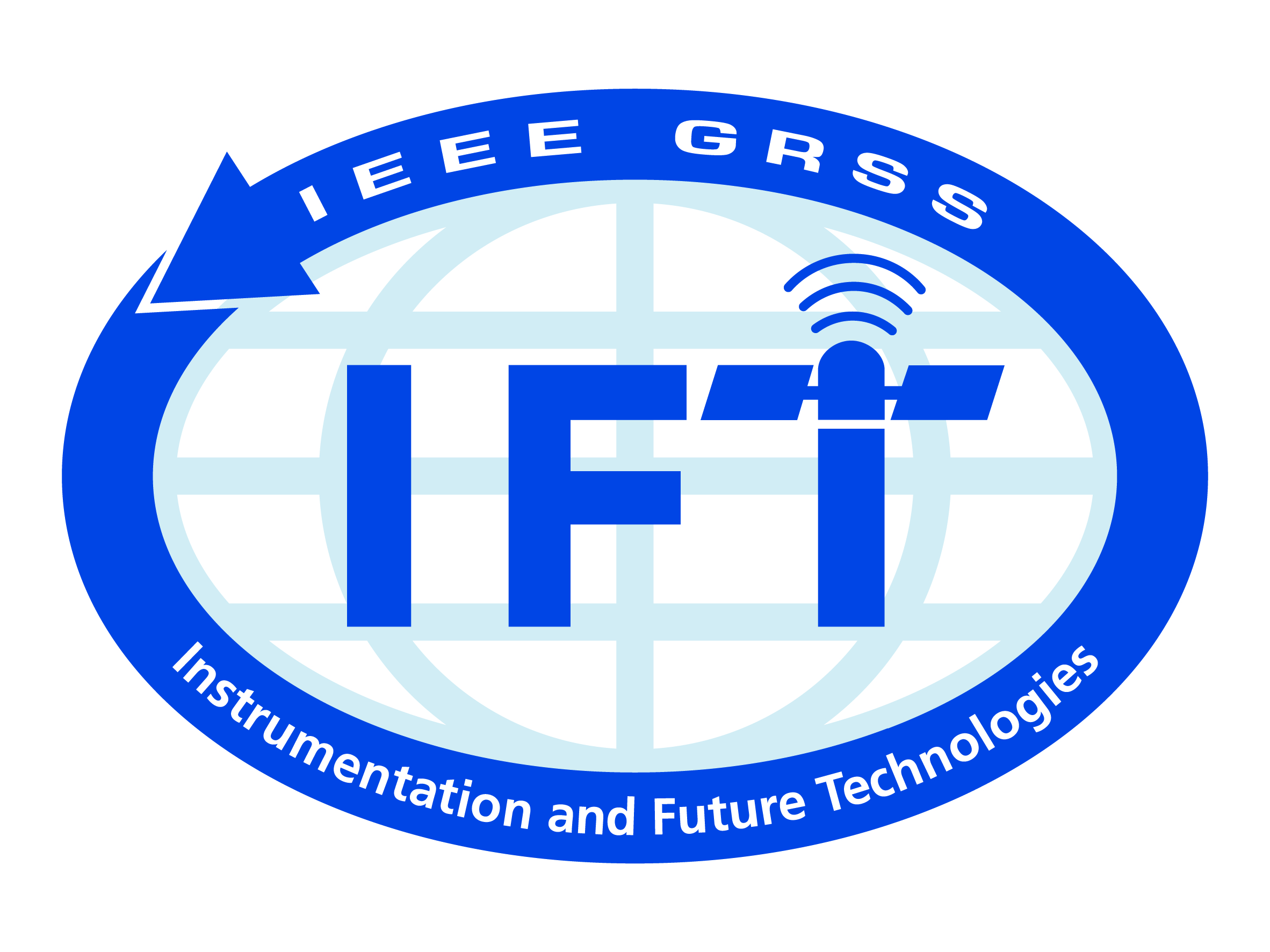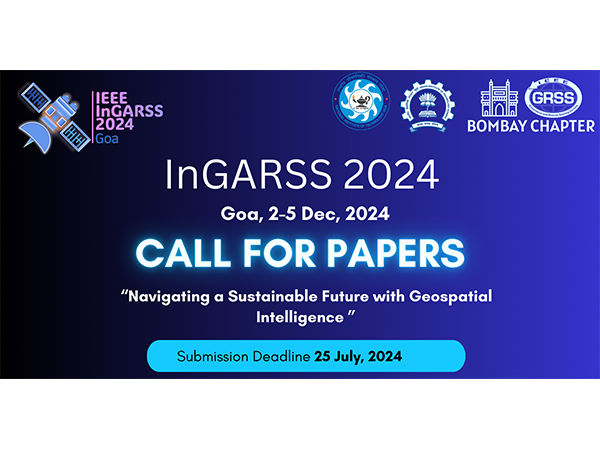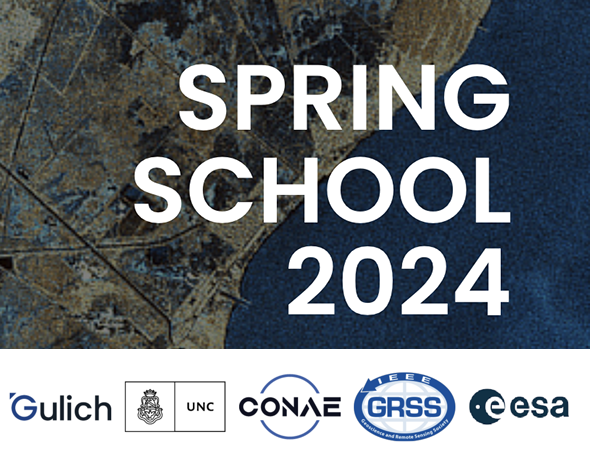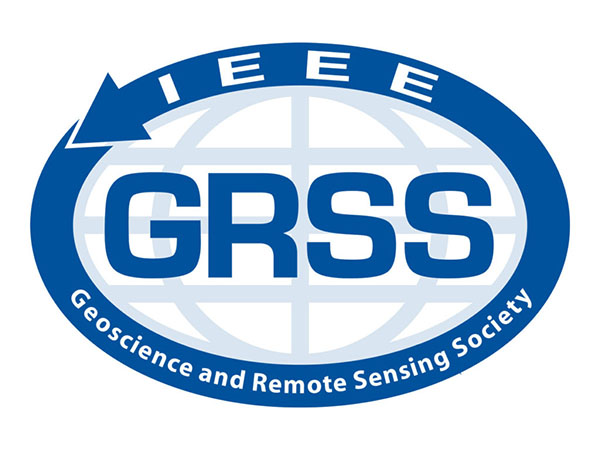Tuesday, October 13, 2020
4PM Central European Time
10AM US Eastern Time
Speakers:
Delwyn Moller, University of Auckland
Chris Ruf, University of Michigan
Andrew O’Brien, Ohio State University
Sponsored by GRSS

GRSS Webinar: Partnering to fly the Next-generation of Global Navigation Satellite System Receivers for Advancing Earth Observation
The GRSS Instrumentation and Future Technology (IFT) technical committee fosters international cooperation in advancing the state-of-the-art in geoscience remote sensing instrumentation and technologies that improve knowledge for the betterment of society and the global environment.
In this webinar, we will first provide an overview of our past, ongoing, and future activities and second introduce a novel international partnership for advancing GNSS-R remote-sensing.
SPEAKER’S BIO:

Delwyn Moller Dr. Delwyn K. Moller is an adjunct Professor at the University of Auckland and has her own private consulting business. She received the Ph.D. degree in Electrical Engineering from the University of Massachusetts-Amherst after completing the M.E degree (Distinction) and the B.E. degree (Honors) at the University of Auckland, New Zealand. She joined NASA’s Jet Propulsion Laboratory (JPL) where she worked on radar technology, primarily with a focus toward Earth science. Both at JPL and at RSS, she has developed innovative state-of-the-art remote sensing systems for measuring critical aspects of the Earth’s surface to support science research and applied sciences.
Delwyn has lead numerous NASA and non-NASA endeavours, with applications ranging from global surface mapping ocean currents, ice-surface topography, surface water hydrology, snow depth, soil moisture, precipitation, seismology and radars for guided landing on other planets. These activities have included ground-based, airborne and spaceborne systems. She has won multiple JPL and NASA awards including being a co-recipient on the prestigious NASA Space Act award for a planetary landing radar design.
Her career has largely focused on developing imaging radars and interferometry for mapping terrain, water, snow and ice-covered surfaces with high-resolution and accuracy that enables new areas of scientific discovery. She has teamed with some of the world’s most eminent scientists to mature the research and development in these various arenas. The capabilities that have resulted have potential impact in the commercial, government and humanitarian sectors.

Chris Ruf (S’85–M’87–SM’92–F’01) received the B.A. degree in physics from Reed College, Portland, OR, USA, in 1982, and the Ph.D. degree in electrical and computer engineering from the University of Massachusetts, Amherst, MA, USA, in 1987.,He is currently the Frederick Bartman Collegiate Professor of climate and space science with the University of Michigan, Ann Arbor, MI, USA, and the Principal Investigator of the Cyclone Global Navigation Satellite System NASA Earth Venture mission. He was with Intel Corporation, Hughes Space and Communication, the NASA Jet Propulsion Laboratory, and Penn State University. His research interests include GNSS-R remote sensing, microwave radiometry, atmosphere and ocean geophysical retrieval algorithm development, and sensor technology development.,Dr. Ruf is a Member of the American Geophysical Union, the American Meteorological Society, and Commission F of the Union Radio Scientifique Internationale. He is a former Editor-in-Chief of the IEEE Transactions on Geoscience and Remote Sensing and has served on the editorial boards of Radio Science and the Journal of Atmospheric and Oceanic Technology. He has been the recipient of four NASA Certificates of Recognition and seven NASA Group Achievement Awards, as well as the 1997 TGRS Best Paper Award, the 1999 IEEE Resnik Technical Field Award, the 2006 IGARSS Best Paper Award, and the 2014 IEEE GRSS-S Outstanding Service Award.

Andrew O’Brien’s primary areas of research are GPS and Global Navigation Satellite System (GNSS) receivers, navigation systems, adaptive antennas, antenna electronics, and array signal processing. He is currently serving on the Science Team for CYGNSS, a NASA Earth Venture-2 Program. CYGNSS is a constellation of satellites which use space-based GPS reflectometry for remote sensing. Dr. O’Brien is Co-I of a NASA Instrument Incubator Program (IIP) developing Next-Generation GNSS Bistatic Radar Instrument for spaceborne GNSS-R applications for which he is responsible for GNSS-R receiver instrument signal processing algorithm design, implementation and testing. Previously, Dr. O’Brien developed cubesat mission simulation tools for CubeRRT, a NASA InVEST program that a developed a 6-40 GHz radio frequency interference (RFI) technology demonstration satellite. Dr. O’Brien is also involved with all aspects of antenna design and characterization, and he has worked on projects developing novel GPS reflectometry antenna for small sats and commercial cubesats. He took part in a project developing a real-time wave sensing radar for ship motion predictions and was responsible for coordinating ship motion systems and radar signal processing. He served as PI of a project dealing with hardware characterization of advanced digital receiver exciter modules for large-scale defense radar systems. He has also done work in a variety of areas, including development of foldable dish antenna for GPS and communication systems, non-destructive material evaluation to extract complex material parameters from aircraft coatings, RF emitter geolocation from airborne platforms, characterizing rotorcraft-mounted antenna arrays, and calibration approaches for the use of adaptive antenna arrays in precise GPS applications.



























